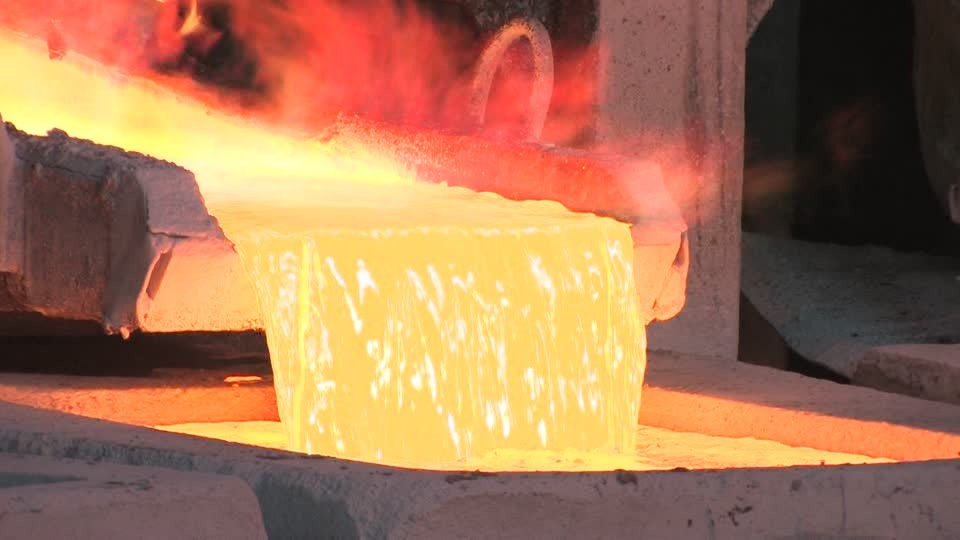Melting Temperature

The melting point of aluminium is sensitive to purity, e.g. for 99.99% pure aluminium at atmospheric pressure it is 6600C but this reduces to 6350C for 99.5% commercial pure aluminium. The addition of alloying elements reduces this still further down to 5000C for some magnesium alloys under certain conditions. The melting point increases with pressure in a straight line relationship to 9800C at 50 kbar.
The difference between the melting points of two alloys of aluminium is used to advantage in the manufacture of aluminium heat exchangers, where the fins are made from aluminium-manganese (3103) or (3003) alloy clad with 5, 7.5% or 10% silicon alloy.
The assembled heat exchanger is heated to the temperature which will just melt the cladding while allowing the core to remain solid; this causes the molten cladding alloy to flow by capillary action to the joints which become structural on cooling. The highly controlled heating necessary in this brazing process is done using either a vacuum furnace, controlled atmosphere furnace, or flux bath.